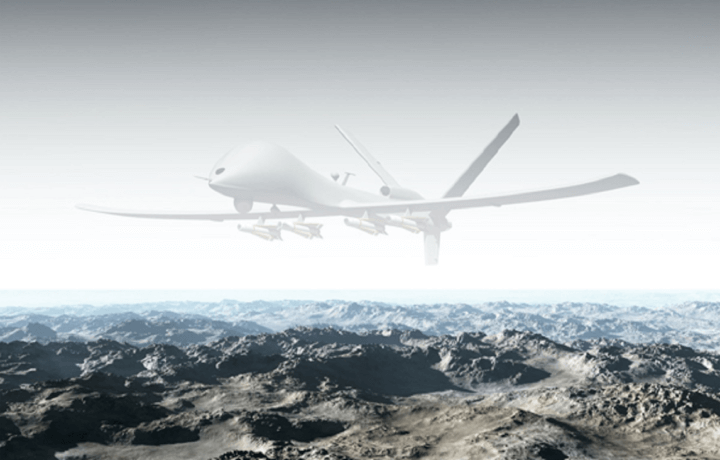Despite what ought to be clear evidence, the world is not convinced that Iran is behind the attack on two tankers outside the Strait of Hormuz. A strike was coordinated as retaliation for Iran’s downing of a U.S. Navy RQ-4A Global Hawk unmanned aircraft—a strike that was then called off, only adding to the confusion in the region.
Drones are not simply pawns
There aren’t many good options for hitting Iran in a way that punishes them but doesn’t escalate tensions in the region. But I disagree with those who argue that we fly unmanned aircraft so that we don’t have to go to war when one gets shot down.
Such arguments are simply historical revisionism. While there had been several unmanned system experiments throughout the 1970s and 1980s, the program that ultimately became the Predator drone was born from the combination of a need to provide surveillance over individual sites in Bosnia for hours, not minutes, and the fiscal austerity of the 1990s.
Drones do the job longer and cheaper than planes with people on-board. And losing one doesn’t cost lives. But drones aren’t pawns to be sacrificed to protect the queen. They’re vital strategic assets that cost a lot of money. The Air Force stopped buying Global Hawks, largely because program costs were spiraling. The decision to procure only 42 rather than the originally planned 65 aircraft meant that research and development costs were spread over fewer aircraft. The final cost per aircraft ballooned to $222 million.
The MQ-4C Triton, a newer Navy variant, currently costs $219 million per plane. Conversely, the appropriations bill that passed the House of Representatives last week includes $174.8 million for the Air Force to procure three of the less capable MQ-9 Reapers, sometimes called the Predator B. For those with bad math skills, that’s $58.266 million each.
That’s not the same as saying that the downing of a drone is in itself a justification for starting a war. But the idea of a military response ought not automatically be off the table. After all, Iran had a very busy couple of weeks. Besides the drone incident and the tanker attack, Iran declared it would resume enriching uranium, and its proxies have launched at least six rockets at U.S. bases in Iraq, and fired missiles from Yemen towards Saudi Arabian airports, injuring 23 civilians.
Sooner or later, the Iranians will cross that elusive line in the sand. But it’s anyone’s guess where that line is. I can only hope that’s part of the plan.




